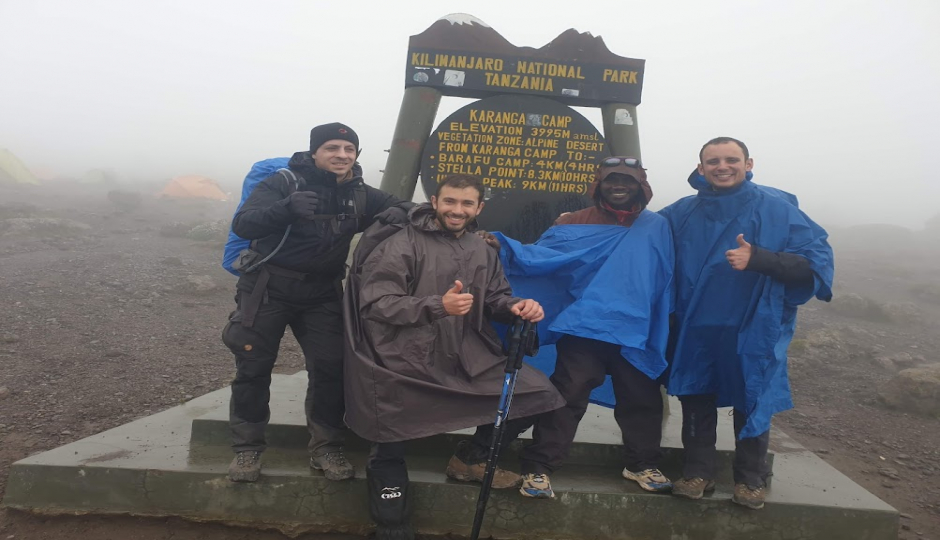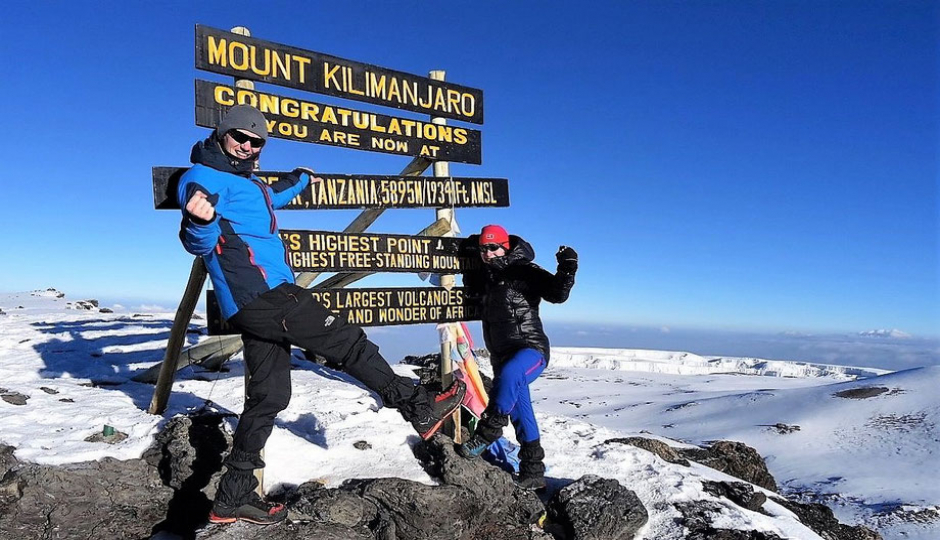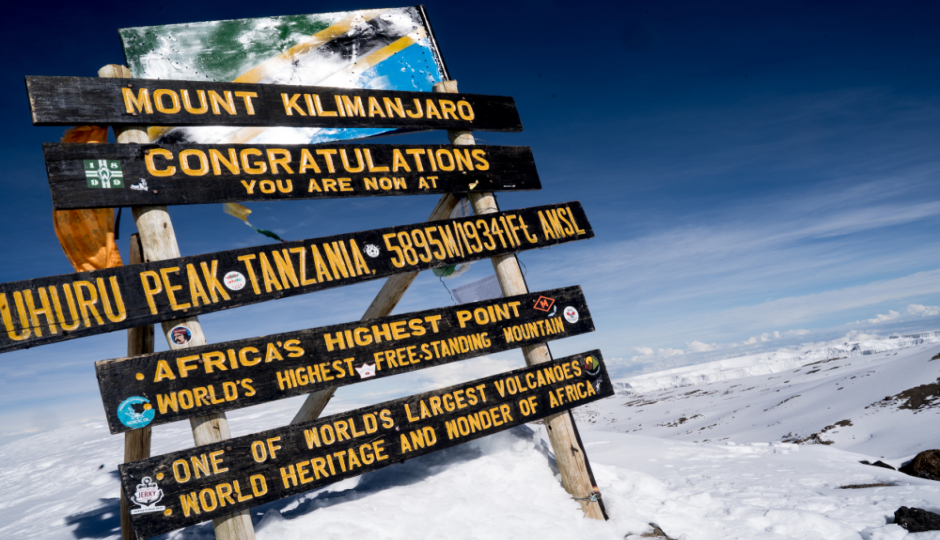







Since its official designation as a national park in 1977, Kilimanjaro National Park has become one of Tanzania’s most popular destinations. Unlike other parks in the northern circuit, which are primarily known for their wildlife, Kilimanjaro’s main attraction is its breathtaking snow-capped peak, rising dramatically above the African plains.
At the heart of the park stands Mount Kilimanjaro, towering at 5,895 meters (19,341 feet), making it the highest peak in Africa and one of the world’s most famous freestanding mountains. The journey to the summit takes climbers through diverse ecological zones, from cultivated farmlands at the base, through lush rainforests teeming with wildlife, across alpine meadows, and finally to the stark, icy landscapes near the peak. While Kilimanjaro is a challenging climb, it remains one of the few high-altitude mountains that can be trekked without technical climbing experience, making it a bucket-list destination for adventure seekers worldwide.
THE THREE PEAKS OF KILIMANJARO
Mount Kilimanjaro is made up of three distinct volcanic cones:
Between Kibo and Mawenzi, you’ll find the Saddle, a high-altitude desert-like plateau where wildlife such as eland antelopes are sometimes spotted. The lower rainforest zone is home to buffaloes, leopards, colobus monkeys, and a variety of bird species, making Kilimanjaro more than just a climber’s paradise—it’s a thriving ecosystem.
CLIMBING MOUNT KILIMANJARO: WHAT YOU NEED TO KNOW
Climbing Mount Kilimanjaro is an incredible but demanding adventure. While it requires no technical skills, it is physically and mentally challenging due to the altitude and unpredictable weather conditions. Trekkers must prepare adequately for the journey, as reaching the summit requires endurance, acclimatization, and proper gear.
BEST TIME TO CLIMB
Mount Kilimanjaro can be climbed year-round, but the best seasons are:
June to October – The dry season, with stable weather and clear views.
December to March – A second dry period, with slightly warmer temperatures but occasional snowfall at the summit.
During March, April, and November, heavy rains make the trails slippery, and snow may accumulate on higher altitudes, making the ascent more difficult. However, every season offers unique experiences, and with proper preparation, a successful climb is achievable.
PREPARING FOR THE CLIMB
Weather conditions on Kilimanjaro can be harsh and unpredictable, with temperatures ranging from hot and humid at the base to sub-zero at the summit. Climbers should bring:
LAYERED CLOTHING FOR EXTREME TEMPERATURE CHANGES.
START YOUR KILIMANJARO ADVENTURE WITH LINDO TRAVEL & TOURS
If you’re planning to climb Kilimanjaro, we invite you to contact Lindo Travel for a free consultation. We’ll help you choose the best route, provide detailed information on preparation, and recommend the ideal season for your trek.





What is a Reasonable Tanzania Safari Itinerary?
How Do I Plan a Kilimanjaro Climb?
To book your adventure, simply send us an email detailing your desired experience—whether it's climbing Mount Kilimanjaro, going on a Tanzania safari, or enjoying the Zanzibar beach.
We'll promptly respond with all the information you need to finalize your plans. Plus, we offer the convenience of online payment to make the process even smoother.
View Packages